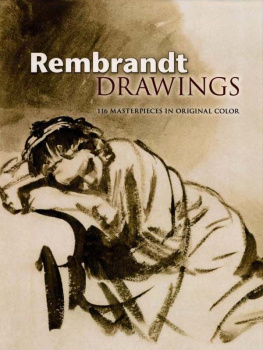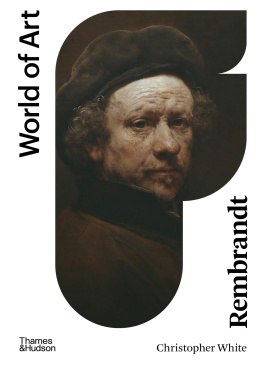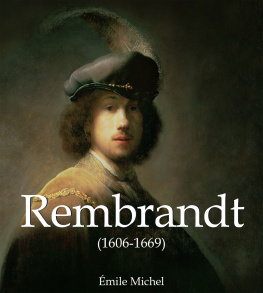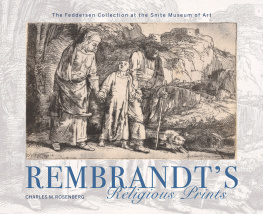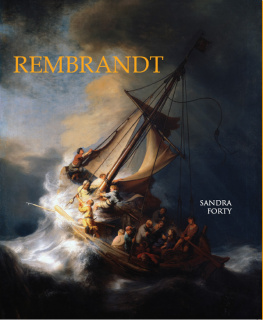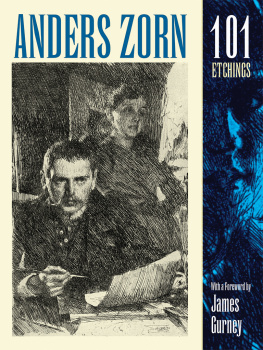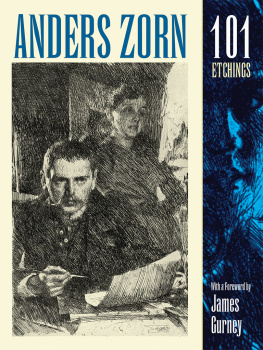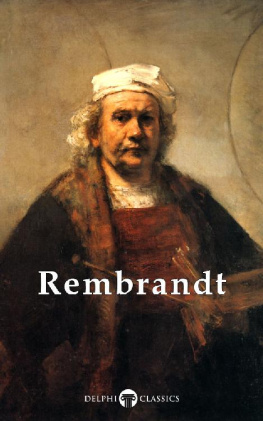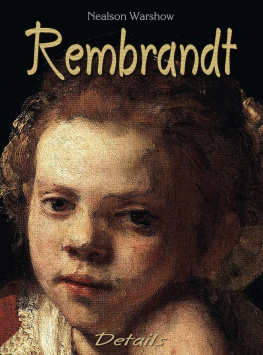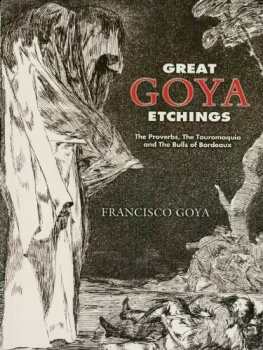The Complete Etchings ofREMBRANDT Rembrandt van Rijn EDITED BY GARY SCHWARTZ DOVER PUBLICATIONS, INC. MINEOLA, NEW YORK
Copyright Copyright 1977, 1988 by Gary Schwartz, Maarssen. All rights reserved.
Bibliographical Note This Dover edition, first published in 1994, is an unabridged, slightly corrected republication of the verbal text of the work originally published in 1977 by Oresko Books Ltd., London, and Gary Schwartz, Maarssen, as
Rembrandt: All the etchings reproduced in true size. The illustrations have been reproduced in their entirety from the second edition, 1988, of the Dutch-language edition of the same work:
Rembrandt: Alle etsen op ware grootte afgebeeld, published by Gary Schwartz/SDU, Maarssen/s-Gravenhage (first edition, 1977).
Library of Congress Cataloging-in-Publication Data Rembrandt Harmenszoon van Rijn, 16061669. p. cm. cm.
Unabridged, slightly corrected republication of the verbal text of the work originally published in 1977 by Oresko Books Ltd., London, and Gary Schwartz, Maarssen, as Rembrandt: all the etchings reproduced in true size T.p. verso. Includes bibliographical references. ISBN-13: 978-0-486-83495-5 ISBN-10: 0-486-83495-6 I. Rembrandt Harmenszoon van Rijn, 16061669Catalogs. I.
Schwartz, Gary, 1940. II. Title. NE 2054.5.R4A4 1994 769.92dc20 94-27405 CIP DESIGNED BY ALJE OLTHOF Manufactured in the United States by LSC Communications 83495601 2018 www.doverpublications.com Contents The etchings A note on this book This edition of Rembrandts etchings is exceptional in two respects: it is the first complete publication of the etchings in our century to reproduce all the prints in their true size (with the exception of fifteen oversize etchings), and it offers for the very first time a set of reproductions made (again, with a few exceptions) not from photographs but from the originals themselves. The gain in quality achieved by making the reproductions from originals rather than photographs is striking, and it made it possible to reproduce the etchings with next to no correction of the litho films and to achieve, with the simplest of means and at a very reasonable price, a standard of quality that could never be attained from even the best photographs, which always depart from the original in some way, if only in size, texture and the fineness of the finest lines. The basis of the present edition was formed by the outstanding and little-known group of Rembrandt etchings belonging to the Teylers Museum in Haarlem.
This 19th-century collection was put together with considerable feeling for quality in a period when a discerning buyer could still shop the market for first-rate impressions. The character of that collection determined to a large extent the character of this bookthe impressions singled out tend to represent the ripest visual qualities of each plate, rather than its experimental side. The Teylers group includes an abundance of fresh, clean impressions of mature states, marked by rich contrasts and brilliant printing. The selection for this book is guided by the principle underlying that classical collectionshowing each plate in its fullest pictorial form. Exceptions to the rule were allowed in order to illustrate a few early trial proofs, of . The less than finished prints in the book were either never finished, or reached their final form in the hands of someone other than Rembrandt.
Two hundred nineteen impressions meeting the required standards were to be found in the Teylers Museum, giving the present edition the further value of being the first extensive publication of that collection. In general, preference was given to Teylers impressions, except where a much better quality was to be found in the printroom of the Rijksmuseum. This far larger collection, with its multiple examples of nearly every plate, was assembled on different grounds, with a premium on rarity, technical idiosyncrasy and comprehensiveness. As a means of recourse from Teylers, it was able to provide for this book sixty-six etchings of outstanding character, including several unica-impressions that are one of their kind in the world. As a corollary to the principle we have tried to define, priority was given to impressions on European paper rather than Japanese paper, vellum or silk, which do not print as crisply; to impressions printed from the wiped plate rather than with surface tone; to drypoint plates with less rather than more burr. Yet the selection also contains examples printed on Japanese paper with surface tone (generally of etchings that Rembrandt seldom printed otherwise), and with fresh burr.
The captions give details concerning technical specifications, to aid the reader in interpreting the differences between one etching and the next. One incalculable advantage of working in the Teylers and Rijksmuseum collections is that neither has ever used disfiguring collectors marks on the face of their sheets. To see how distracting this practice can be, one need only turn to the reproductions of Bartsch numbers 182 and 184, from the Bibliothque Nationale in Paris, with their 18th-century Bibliothque Royale stamps. This brings us to the exceptions mentioned above. Between them, the Haarlem and Amsterdam printrooms own good impressions of all but six of Rembrandts etchings, most of them unica. For those we had to turn elsewhereto the Albertina in Vienna for .
These, and the reduced illustrations of the largest plates, are the only etchings in the book that are reproduced from photographs, for obvious reasons. The arrangement of the etchings in this edition follows the numbers given to them by Adam Bartsch in his catalogue of 1797. This has three disadvantages: the numbering is not consecutive, since 89 of Bartschs 375 numbers are no longer accepted as original Rembrandt etchings; three plates not known to or accepted by Bartsch have to be appended to the catalogue by their Seidlitz numbers; and new interpretations of subjects have turned certain etchings, in Bartschs thematic arrangement, into enclaves in foreign categories. The first two disadvantages have to be lived with; to mitigate the third, the subject categories concerned open with cross-references to the etchings of the same sort located elsewhere in the book. The great single advantage of the Bartsch numbering, aside from its being reasonably consistent and easy to grasp, is that it remains the most widely used system of reference to the Rembrandt etchings, and this outweighed all other considerations. The information provided in the captions is as follows: Bartsch number: abbreviated B Title: usually the traditional title, except where this is considered too misleading, in which case it is added in brackets after the new title.
Traditional Dutch titles are treated in the same way. Pre-printing techniques employed beside etching, if any: these are limited to drypoint and burin, while some plates were made with these techniques only, and no etching at all. State of impression reproduced, and total number of states: the numbering of states follows in all but a few cases that of Christopher White and Karel G. Boon, Rembrandts etchings, Amsterdam etc. 1969. Signature and dating inscribed in the plate, if any: no attempt has been made to reproduce the actual form or punctuation of the inscriptions.
The monogram RHL usually looks like an R and L connected by a thin line. Deviant printing techniques and materials, if any: specifically the use of surface tone (inking outside the grooves of the plate) and Japanese paper. Collection: Haarlem stands for the Teylers Museum; Amsterdam for the printroom of the Rijksmuseum, known as the Rijksprentenkabinet; Paris for the Bibliothque Nationale; Vienna for the Albertina; and London for the British Museum.



